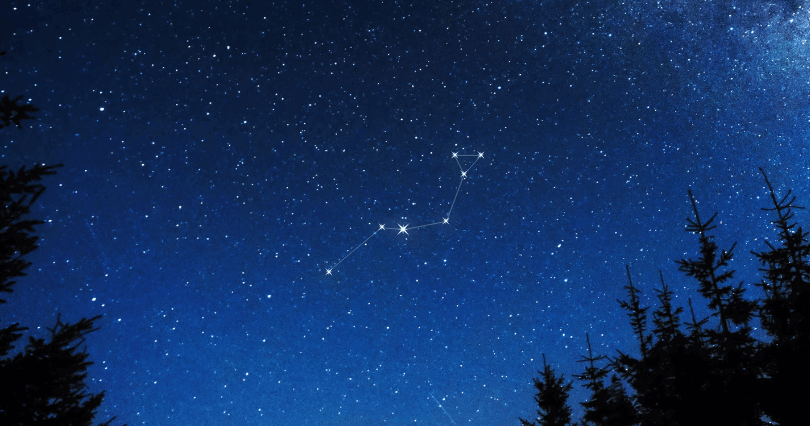Serpens Constellation

Serpens constellation is the northern hemisphere constellation first introduced by Ptolemy in the 2nd century CE. Its name is Latin and it means ‘the serpent’. Serpens is divided into two parts by neighborhood constellation Ophiuchus, one that is the serpent’s head – Serpens Caput, and the second one that represents its tale - Serpens Cauda. This constellation could be seen in both hemispheres, especially during culmination in summer months. Together with Ophiuchus, Serpens constellation is one of the largest constellations is in the world. The constellation is now accepted and listed as one of the 88 modern constellations by the International Astronomical Union.
How to find Serpens constellation?
Serpens is the 23rd constellation in size. Serpens Caput or the serpent’s head is located in the third quadrant of the northern hemisphere. Serpens Cauda, or the serpent’s tail, is set in the third quadrant of the southern hemisphere. The constellation can be seen from both hemispheres, during culmination in summer months at latitudes between +80° and -80°. Serpens is bordered by these constellations:Boötes, Hercules, Libra, Virgo, Ophiuchus, Aquila, Scutum, and Sagittarius. Both parts of the constellation are bordered by Ophiuchus constellation. Serpens constellation is a member of the Hercules family of constellations, along with these: Aquila, Ara, Centaurus, Corona Australis, Corvus, Crux, Cygnus, Hercules, Hydra, Lupus, Lyra, Sagitta, Scutum, Ophiuchus, Sextans, Vulpecula, and Triangulum Australe.
Major stars in Serpens constellation
Serpens constellation contains 15+ stars with confirmed planets. The brightest star is Unukalhai or Alpha Serpentis with magnitude 2.63. The nearest star of this constellation is only 24.60 light- years distant from Earth and it is named GJ 1224.
Serpens is a home of several notable deep skies and Messier objects like the Eagle Nebula (Messier 16), the large global cluster Messier 5, the emission nebula IC 4703, the Red Square Nebula, the Serpens South star cluster, the ring galaxy Hoag’s object, Omega Serpentis and the Seyfert’s Sextet of galaxies.
There are two meteor showers linked with the Serpens constellation: the Omega Serpentids, happening on every December 26, and the Sigma Serpentids, happening the next day - December 27.
Mythology of the Serpens constellation
Serpens was first spotted by famous Greek astronomer Ptolemy in the 2nd century. All the old constellations are associated with animals or creatures from ancient mythology, and in Greece, this constellation has a connection with a giant snake, held by the healer Asclepius from Ophiuchus constellation. Asclepius was a son of Apollo and he was able to bring the dead ones back to life with his healing powers. He learned this by seeing a snake bringing healing herbs to another snake. This event is linked to the story of Glaucus, son of King Minos, who drowned by falling into a jar of honey. Snake tried to access his body, and Asclepius killed it, but shortly after another snake went by and placed a herb on the first one and the killed snake was brought back to life. He used the same her and put it on Glaucus’ body and he resurrected immediately. Alpha star of this constellation or Unukalhai, represents the neck of the serpent, and the Theta star or Alya is the serpent’s tail.
Serpens constellation was known to other civilizations and cultures and dates back to Babylonian times. They had two snake constellations – one represented by the water snake Hydra, a hybrid creature created from dragon, lion, and bird, and another called Basmu, depicted as a horned serpent.
Choose your package
-
Lifetime Entry in Star Catalog
-
Guaranteed visible from your location
-
Star Finder app access


-
Free & express shipping available
-
PDF Emailed in Seconds
-
Everything from a Standard Star package
-
Choose a Star Constellation
-
Easier to find in the Sky




-
Free & express shipping available
-
PDF Emailed in Seconds
-
Everything from a Standard Star package
-
Name Two Stars together
-
Extra bright and Unique 2-Star Pair






-
Free & express shipping available
-
PDF Emailed in Seconds



